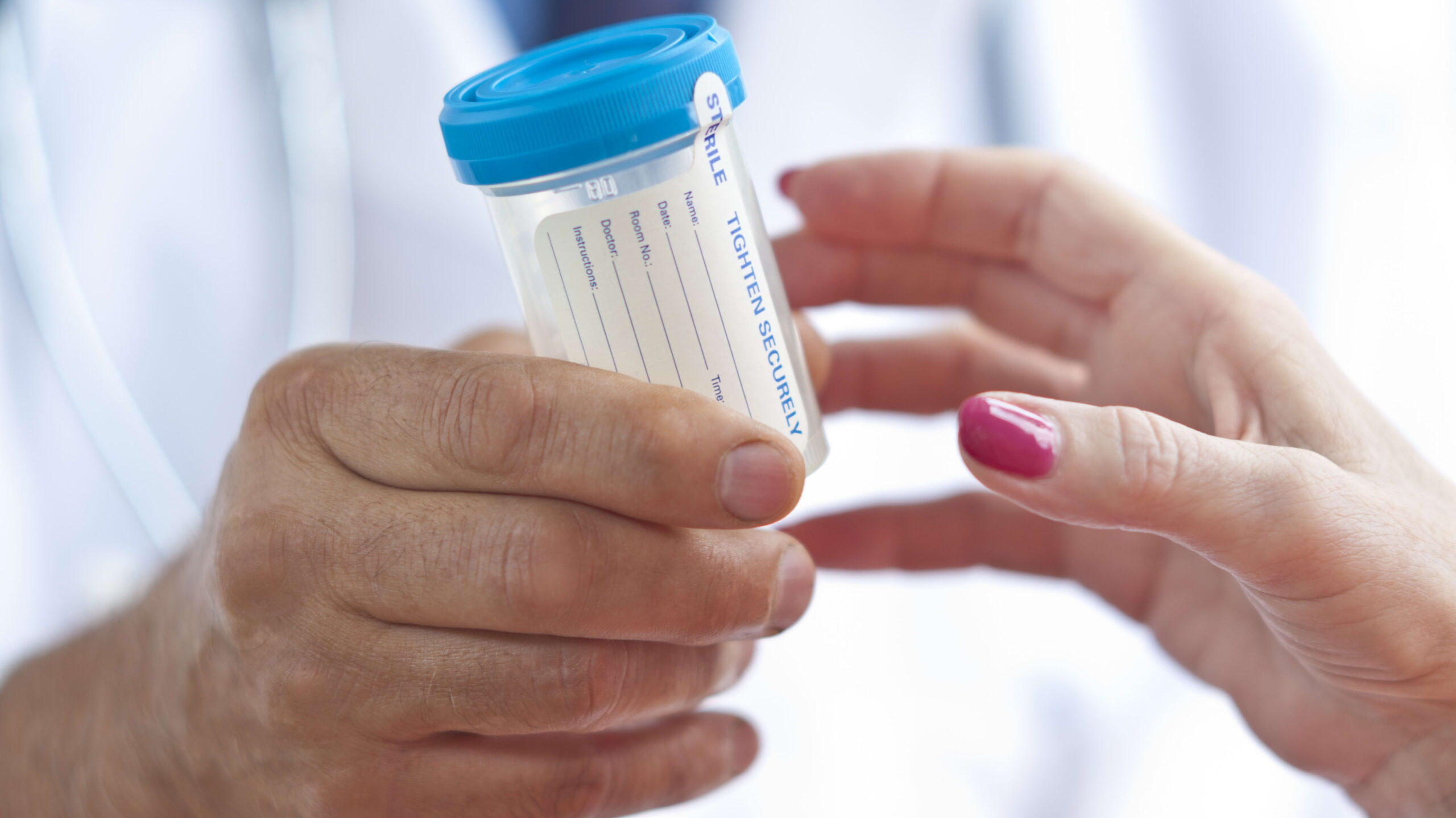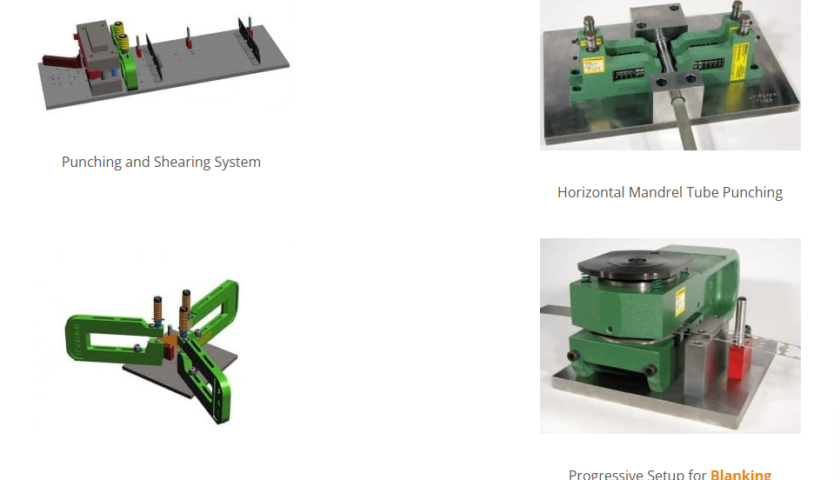Implementing an effective post-incident drug testing program is crucial for maintaining safety, productivity, and compliance within any organization. In today’s workplaces, substance abuse can pose significant risks, jeopardizing not only the well-being of employees but also the reputation and bottom line of the company. A well-structured post-incident drug testing program helps mitigate these risks by identifying and addressing substance abuse issues promptly.
The introduction of such a program requires careful planning and consideration of various factors. Firstly, understanding the legal requirements and regulations governing drug testing in the specific industry and jurisdiction is paramount. Compliance with these laws ensures the program’s legitimacy and protects the organization from potential legal repercussions.
Additionally, clear communication of the program’s objectives, procedures, and consequences is essential to garnering employee support and cooperation. Transparency fosters trust and encourages employees to adhere to the program’s guidelines willingly.
Furthermore, selecting appropriate testing methods and protocols tailored to the organization’s needs and resources is crucial for the program’s effectiveness. Whether utilizing urine, saliva, blood, or hair testing, each method has its advantages and limitations that should be weighed carefully.
Overall, implementing an effective post-incident drug testing program requires a comprehensive approach encompassing legal compliance, communication, and strategic decision-making. By prioritizing safety and compliance, organizations can create a workplace environment that promotes health, productivity, and well-being for all employees.
1. Understand Legal and Regulatory Requirements
The first step in implementing a post-incident drug testing program is understanding the legal and regulatory framework governing such practices. Different countries, and even states or provinces within countries, have specific laws regarding workplace drug testing. For example, in the United States, the Department of Transportation (DOT) has strict regulations for employees in safety-sensitive positions. Consult legal counsel to ensure your program complies with all applicable laws and industry regulations.
2. Develop Clear Policies and Procedures
Once you understand the legal requirements, the next step is to develop clear and comprehensive policies and procedures. These should outline:
- When testing will occur: Define what constitutes an incident that triggers testing. Common triggers include workplace accidents, near-misses, or any event that causes injury or property damage.
- Who will be tested: Specify the categories of employees subject to testing, ensuring the policy is applied uniformly to avoid claims of discrimination.
- Testing methods: Determine which substances will be tested for and what testing methods will be used (e.g., urine, hair, saliva).
- Consequences: Clearly state the consequences of refusing to test or testing positive, such as disciplinary actions or referral to an Employee Assistance Program (EAP).
3. Communicate the Program to Employees
Effective communication is vital for the success of any workplace program. Ensure all employees are aware of the drug testing policy and understand the reasons behind it. This can be achieved through:
- Training sessions: Conduct regular training sessions to educate employees about the policy, the importance of a drug-free workplace, and the testing procedures.
- Handbooks and signage: Include the policy in employee handbooks and post reminders in common areas.
Transparency about the program helps build trust and compliance among the workforce.
4. Choose a Reliable Testing Provider
Partnering with a reputable and certified drug testing provider is crucial. Look for providers accredited by recognized bodies, such as the Substance Abuse and Mental Health Services Administration (SAMHSA) in the United States. The provider should offer:
- Accurate testing: High-quality, reliable testing methods to ensure accurate results.
- Chain of custody: Procedures to maintain the integrity of the samples and results.
- Timely results: Efficient processing to minimize downtime and uncertainty.
5. Ensure Confidentiality
Maintaining confidentiality throughout the testing process is essential to protect employees’ privacy and uphold their rights. Implement measures to ensure:
- Private sample collection: Conduct sample collection in a manner that respects privacy.
- Secure data handling: Store and handle test results securely, limiting access to authorized personnel only.
- Sensitive communication: Communicate results and any subsequent actions discreetly.
6. Provide Support and Resources
A supportive approach can enhance the effectiveness of your drug testing program. Offer resources such as:
- Employee Assistance Programs (EAP): Provide access to counseling and rehabilitation services for employees who test positive.
- Educational materials: Distribute information about the dangers of substance abuse and available support services.
Encouraging employees to seek help proactively can foster a safer and more supportive work environment.
7. Regularly Review and Update the Program
Finally, regularly review and update your post-incident drug testing program to ensure it remains effective and compliant. This includes:
- Policy reviews: Periodically review and revise policies to reflect changes in laws, regulations, or workplace conditions.
- Program evaluations: Assess the program’s effectiveness by analyzing incident data, test results, and employee feedback.
- Continuous improvement: Implement improvements based on evaluations to address any identified issues or gaps.
Conclusion
In conclusion, the implementation of an effective post-incident drug testing program is a critical component of maintaining a safe, productive, and compliant workplace environment. By adhering to legal requirements, communicating clearly with employees, and selecting appropriate testing methods, organizations can mitigate the risks associated with substance abuse and protect the well-being of their workforce.
Through compliance with relevant laws and regulations, organizations ensure the legitimacy and credibility of their drug testing program. This not only safeguards the organization from potential legal consequences but also reinforces a culture of accountability and responsibility.
Clear communication is essential in gaining employee buy-in and fostering a supportive environment for the program. Transparency regarding the program’s objectives, procedures, and consequences builds trust and encourages employees to participate willingly, ultimately enhancing the program’s effectiveness.
The selection of appropriate testing methods and protocols is paramount in ensuring the accuracy and reliability of the program. By carefully considering the organization’s needs, resources, and industry standards, organizations can implement testing methods that yield actionable results while minimizing disruption to operations.
Moreover, a well-executed drug testing program not only identifies substance abuse issues but also provides opportunities for intervention and support for affected employees. Through early detection and intervention, organizations can help employees address underlying issues and facilitate their rehabilitation and recovery.
In essence, an effective post-incident drug testing program is a proactive measure that promotes safety, productivity, and well-being in the workplace. By prioritizing compliance, communication, and strategic decision-making, organizations can create a culture that values the health and safety of all employees, ultimately contributing to their long-term success and sustainability.





